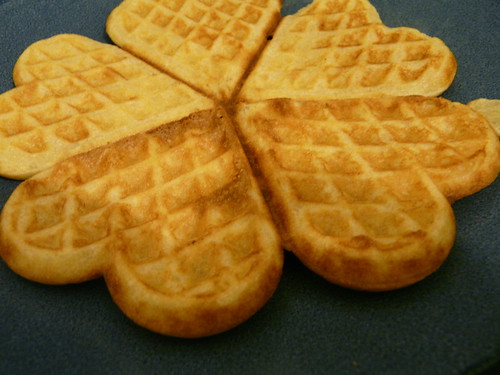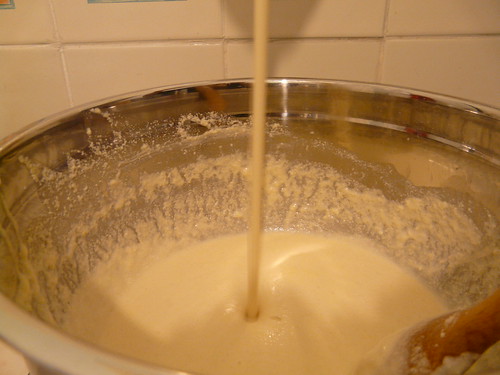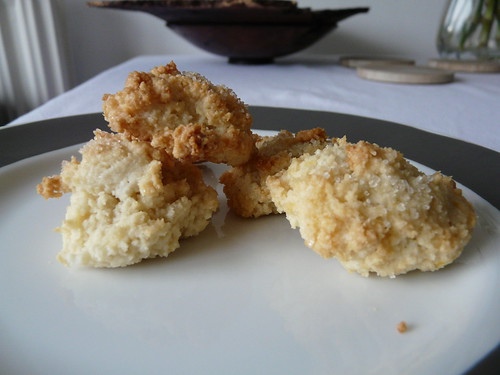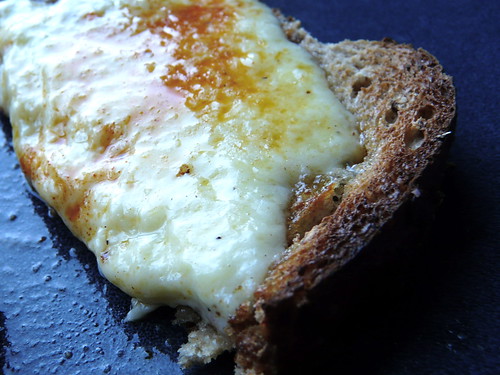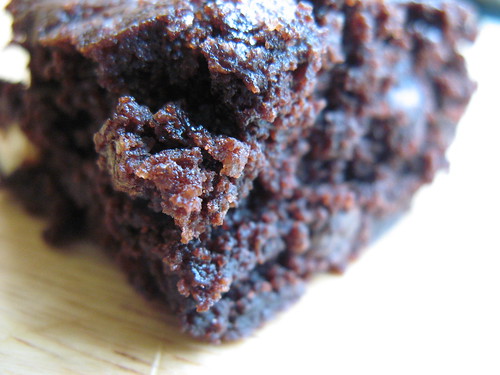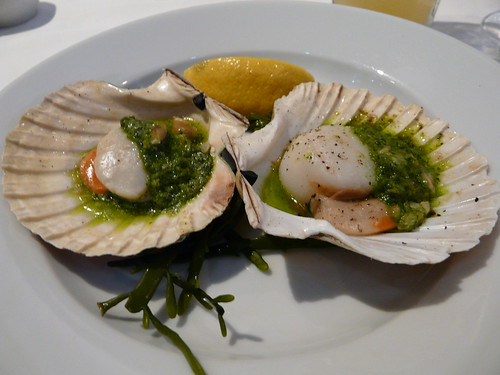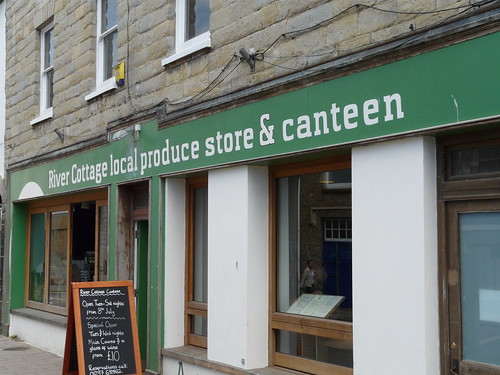Two risotto recipes for today's post.
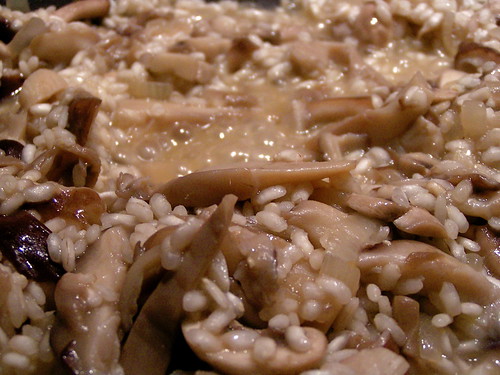
The first one is my regular recipe for risotto and comes from Nigel Slater's "Real Food".
Leek and Taleggio Risotto
Serves 2 generously
50g butter
2 large leeks, chopped and rinsed
2 large cloves of garlic, peeled and sliced
a little dried oregano
225g arborio rice
900ml hot vegetable stock (though I usually find this a bit too much)
225g taleggio or other soft, creamy cheese such as Camembert, cut into thick slices
"Put the butter into a shallow, heavy-bottomed pan and add the leeks and garlic. Cook over a moderate heat, stirring occasionally, until the leeks are soft. Don't hurry this; let the leeks cook slowly for about fifteen to twenty minutes, but stop cooking before they colour."
"Stir in the oregano, a teaspoon or so will do, and the rice. Pour in three ladles of hot stock and stir. Leave to simmer gently, stirring regularly, until the stock has almost all been soaked up by the rice. Add more stock and leave to cook once more, at a gentle pace, then add more when that too has gone. It will stick if you forget to stir it. The rice will be plump and tender after about eighteen to twenty minutes. Taste it to see if it is done to your liking; it should have a bit of bite left in it but should be quite tender."
"Stir in the cheese at the last minute - it will melt creamily. Check for seasoning; it will need both salt and black pepper."
My notes:
I use this recipe as my staple risotto recipe - basically I use it for the amount of rice and stock but with various different flavours. Typically I'll use some onion as the base, rather than the leek, and often a good portion of grated pecorino or parmesan or even cream rather than the taleggio. Then the main part - mushrooms, prawns, asparagus, tomatoes...y'know, whatever you like. For mushroom risotto, use some fresh mushrooms and some dried porcini - soak the porcini first and use the remaining liquid in the stock.
The second recipe is slightly different and comes from Matthew Fort's "Eating Up Italy", in which he samples food while riding around Italy on a Vespa.
Risotto Con La Zucca
Serves 6 (probably more like 4 as a main)
50g butter
1 litre vegetable stock
1 small onion
1 stick of celery
400g pumpkin
400g risotto rice
Grated parmesan
"Melt the butter in the pan in which you are going to cook the risotto. Bring the stock or water to the boil in another pan. Finely dice the onion and celery and saute in the melted butter. Add the pumpkin, cut into chunks, and the rice. Turn in the butter for 4-5 minutes. Pour the boiing stock into the rice and pumpkin pan all at once. Lower the heat to cook the rice slowly. Do not stir. Cover with the lid and cook for 15 minutes. Remove the lid. The contents should be perfectly cooked, and quite dry. Beat in plenty of grated Parmesan."
This made one of the best risottos I've done, but we were in a flat in Tuscany at the time, which might have had something to do with it. It's a bit simpler as you don't have to add stock and stir as you go.

